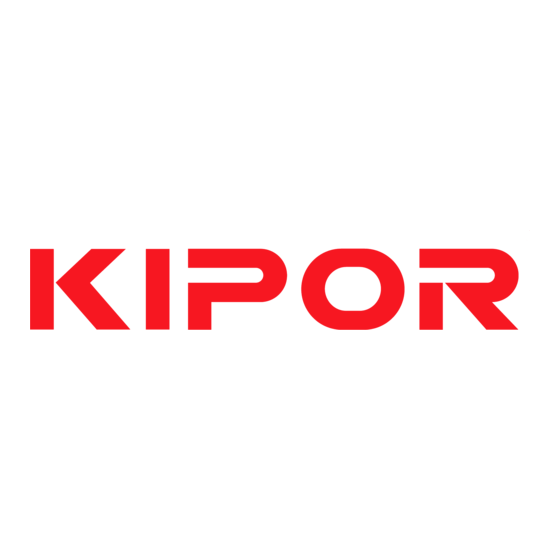
Advertisement
Advertisement
Table of Contents

Summarization of Contents
FOR YOUR SAFETY
Warning Symbols
Explains the meaning of WARNING, NOTE, and CAUTION symbols used in the manual.
Safety Precautions
General guidelines for ensuring personal safety during operation and maintenance.
PRODUCT OVERVIEW
Frame feature
Describes the structural characteristics and design elements of the engine frame.
PRODUCT INSTRUCTION
Provides detailed specifications and technical data for the engine models.
Functions of Major Parts
Main Adjusting Data Table
Presents important adjustment parameters and their specified values for engine operation.
Operation control system
Starting switch
Explains how to use the starting switch for engine ignition and operation.
Air-heater (cold starting aid device)
Describes the function and operation of the air heater for cold weather starting.
STOPPING-ENGINE DEVICE
Explains the mechanism for safely shutting down the engine.
Before operation
Preparation for the fuel, lube oil and coolant
Details the procedures for preparing fuel, lubricating oil, and coolant.
Fuel
Provides guidance on selecting and using the correct type of fuel.
Lubricant Oil
Covers the specification, usage, and checking of lubricating oil.
Cooling water
Explains the proper use and maintenance of the engine's cooling water system.
Battery Operation
Details the procedures for checking and maintaining the battery.
fuel supply
Filling fuel
Detailed steps for filling the fuel tank correctly and safely.
Compensate the fuel in the fuel system
Explains how to remove air from the fuel system to ensure proper fuel delivery.
Operation
Daily Check before Operation
Lists essential daily checks to perform before operating the engine.
Starting
Start the engine as shown below
Basic procedure for starting the engine using the starting switch.
Start the engine at low ambient temperature
Special procedure for starting the engine in cold weather conditions.
Restart after failure
Steps to follow if the engine fails to start on the first attempt.
Check and operation after starting
Actions to take after the engine has started, including checks and initial operation.
Maintenance
Check
Outlines the daily and terminal inspection procedures for engine maintenance.
Items for terminal check
Lists specific items and intervals for terminal maintenance checks.
Procedure for terminal check
The first 50 running hours
Specific maintenance tasks to be performed during the initial 50 hours of engine operation.
Check after per 50 hours
Maintenance checks recommended every 50 operating hours, including fuel, battery, and air cleaner.
Check for every 500 hours
Replace the fuel filter
Procedure for replacing the diesel filter element to ensure proper fuel flow.
Replace the cooling water
Instructions for draining and replacing the engine's cooling water.
Check and adjust the valve clearance
Guidance on checking and adjusting valve clearances for optimal engine performance.
Check and adjust the injector
Procedure for checking and adjusting the injector pressure and spray quality.
Check for every 1000 hours
Check and adjust of injection timing
Procedure for checking and adjusting the engine's injection timing.
Clean the scale and iron rust of cooling system
Instructions for cleaning internal cooling system components to maintain efficiency.
Check after running 2000 hours
Check and replace the fuel, lubricating oil and cooling water and rubber hose
Checks and replacements for fuel, oil, coolant, and hoses after 2000 hours.
Check and lap the seal band of inlet and exhaust valve
Procedure for checking and lapping valve seals for proper engine function.
Check the performance of the injection pump
Steps for testing and verifying the performance of the injection pump.
The engine troubleshooting
The alarm system fault
Troubleshooting guide for common faults indicated by the engine's alarm system.
Start failed
Diagnoses and solutions for issues preventing the engine from starting.
Engine is too hot
Water temperature is too high
Troubleshooting steps when the engine's water temperature is excessively high.
Oil temperature is too high
Diagnosing and resolving issues related to high engine oil temperatures.





Need help?
Do you have a question about the KD488 and is the answer not in the manual?
Questions and answers